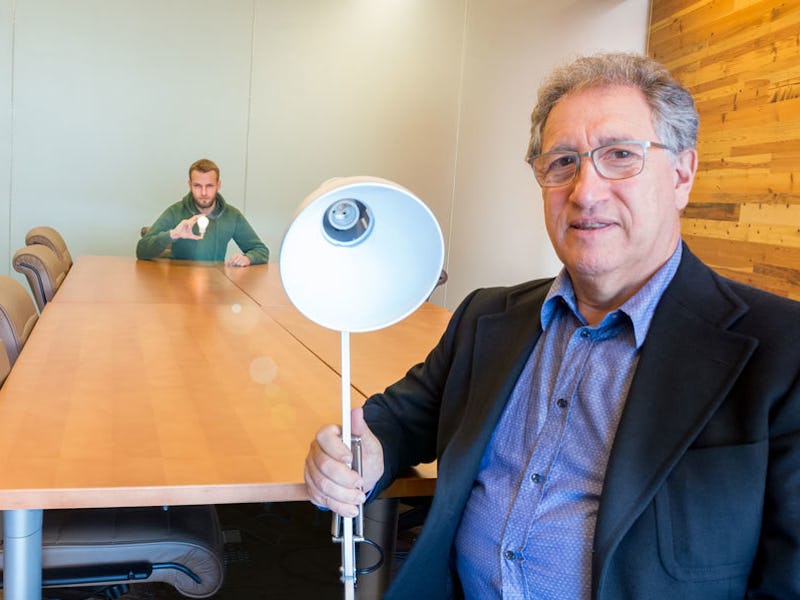We May Have Broken the Second Law of Thermodynamics

Researchers at Argonne National Laboratory believe that they’ve found a way to “locally circumvent” the second law of thermodynamics, which states that entropy in an isolated system must always increase over time. The second law makes perpetual motion machines — machines that can continue to function forever without a source of energy — impossible. If the law is not immutable, though, that may change.
“Although the violation is only on the local scale, the implications are far-reaching. This provides us a platform for the practical realization of a quantum Maxwell’s demon, which could make possible a local quantum perpetual motion machine.” researcher V.M. Vinokur said in a statement.
Maxwell’s demon was a theoretical being used to imagine a way to violate the second law. The demon sits in the middle of two gaseous rooms and controls the door from the first room to the second. He opens and closes it such that only fast-moving particles can sneak through to the second room. Particles that move faster are hotter, so the second room heats up as the first room cools down. The demon, as a result, manages to break the second law: entropy, in this thought experiment, decreases.
If you left the door between these two rooms open, though, the temperature would soon average out. (Like when you drop a couple ice cubes into a hot cup of coffee.) This is known as the H-theorem. While scientists have known that the H-theorem holds true, physicists haven’t really known how or why that’s the case. These Argonne researchers took a modern version of the theorem, connected it to quantum information theory, and were then able to envision situations in which entropy would not increase. They found a way to “formulate how these beautiful abstract mathematical theories could be connected to our crude reality,” as Vinokur explains it. Next up, the researchers plan to run some actual experiments, and see if their theories hold water.
“This allowed us to formulate the quantum H-theorem as it related to things that could be physically observed. It establishes a connection between well-documented quantum physics processes and the theoretical quantum channels that make up quantum information theory,” another researcher said.
These researchers believe that they’ve envisioned a way to make a quantum-based demon. It’s only fitting that the Argonne National Laboratory is part of the Department of Energy — of course they’d make a quantum-based demon.